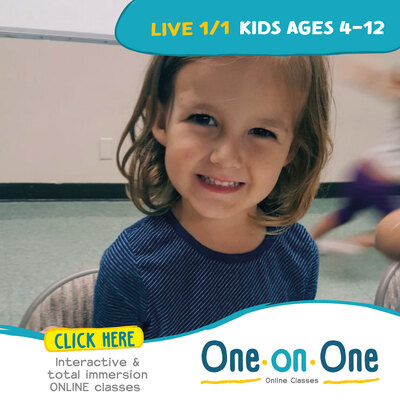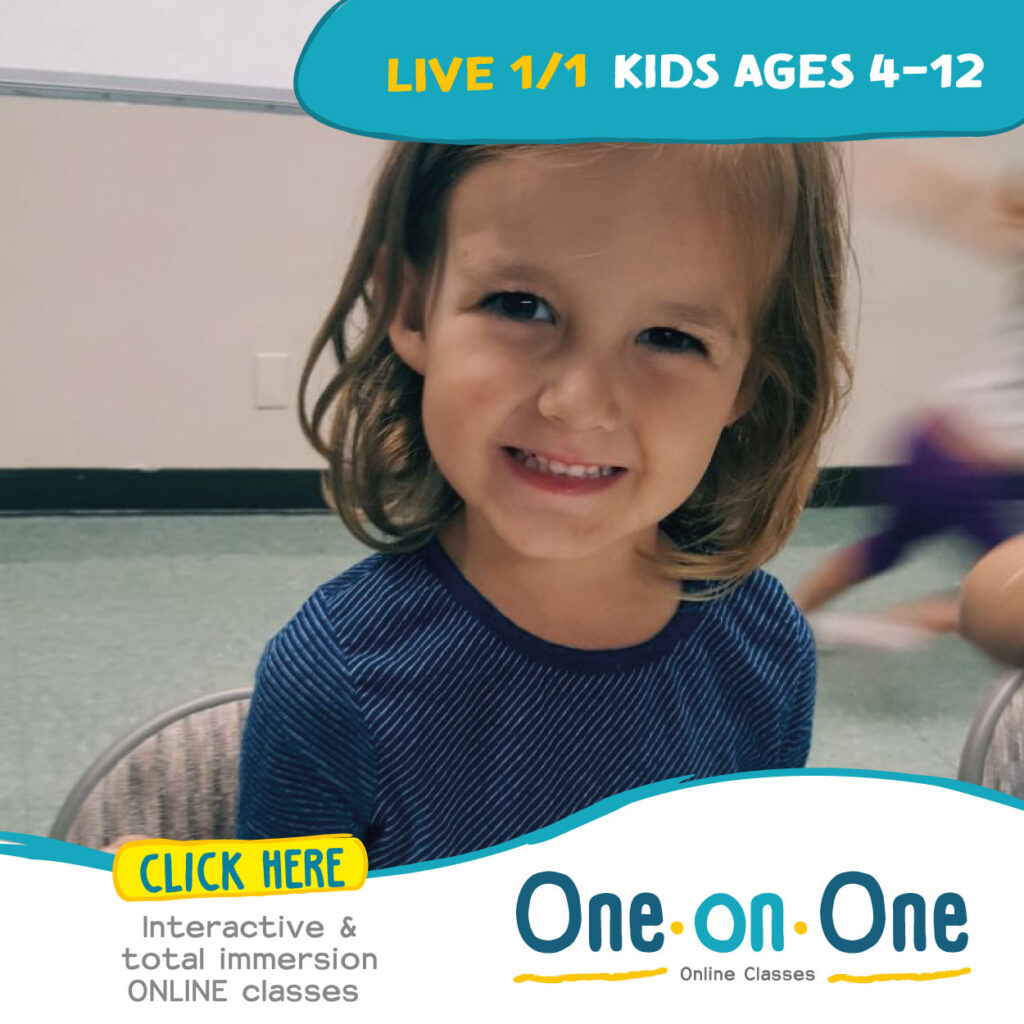“That was the hardest test, hardest lap around the track, hardest dance, hardest essay….” You get the point. The word, “hardest” is an extremely subjective word and can be, well, one of the ‘hardest’ words to define properly. Regarding language, each person is completely unique and will differ in their experience with language learning and capabilities so it is impossible to determine the ‘hardest’ language to learn for all English speakers. That being said, there are a number of languages that seem to be especially difficult for many English speakers to learn. Here’s a brief list of the hardest languages to learn and a short explanation why.
1. Mandarin Chinese
Mandarin Chinese is on the top of the list of hardest languages to learn for two reasons. First, and most visually obvious, is the difference in the difference in characters. While English speakers are used to a tidy 26 letters in the Latin Alphabet, Mandarin Chinese uses thousands of characters. Secondly, Mandarin is a tonal language, which means the meaning of the word can change according to where the emphasis or tone is placed. For example, the character 买 (Mǎi) means “to buy” and is pronounced in the third tone, while 卖 (Mài) means “to sell” and it is pronounced in the forth tone.
我想买一瓶水。
Wǒ xiǎng mǎi yī píng shuǐ.
I want to buy a bottle of water.
这里卖苹果吗?
Zhèlǐ mài píngguǒ ma?
Do you sell apples here?
2. Arabic
Arabic is second on our list, because it throws the English grammar brain for a loop. Not only is Arabic written from right to left which is the stark opposite of English, but Arabic has a rich system of roots and patterns that affect word formation and order within the grammar. For example, English generally finds itself in a Subject-Verb-Object format, but Arabic can re-order to Verb-Subject-Object depending on where the speaker wants to place the emphasis of the sentence. Both sentences below make perfect sense in Arabic:
The boy went to the shop. (Subject, Verb, Object)
الولد ذهب إلى السوق
Went the boy to the shop. (Verb, Subject, Object)
ذهب الولد إلى السوق
3. Japanese
Japanese is one of the ‘hardest’ languages to learn because it features three writing systems: Kanji (characters borrowed from Chinese), Hiragana, and Katakana which amount to thousands of characters. Secondly, it uses complex honorifics systems, which utilize different suffixes to convey respect due the to age, familiarity, and social rank of a person. For example…
The Japenese suffix さん/-san is polite, while さま/-sama is reserved for more formal occasions, used to show great respect to those who are older than you.
A butcher’s shop is called a nikuya. The butcher themselves is nikuya-san.
4. Russian
Russian is one of the ‘hardest’ languages to learn because it uses a different alphabet, the Cyrillic alphabet which has 33 letters of 10 vowels and 21 consonants (of which 2 more are pronunciation signs). Secondly, Russian doesn’t have any articles (‘the, a, an’’) which is jarring for an English speaker.
Собака поймала кота сегодня (Dog caught cat today) is a completely acceptable sentence in Russian. It is interesting to note that oftentimes when a Russian speaker is trying to learn English, they will omit the articles (the, a, an) because they are not used to using them.
We hope you found this brief study in languages interesting. The good news is that learning even the “hardest” language is possible with hard work, exposure, practice, and support from friends and family. Cultural Bytes has helped many students learn what is considered the ‘hardest’ language, Mandarin Chinese, with our amazing teachers and cultural immersion method of teaching. Cultural Bytes also specializes in Spanish and French, languages closer to English but that still present their unique challenges. Sign yourself or your child up for One-on-One classes.






